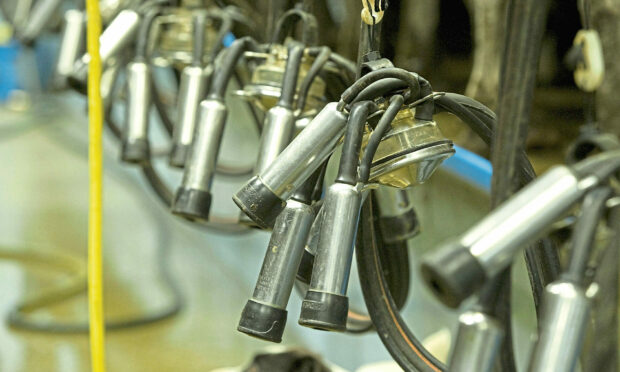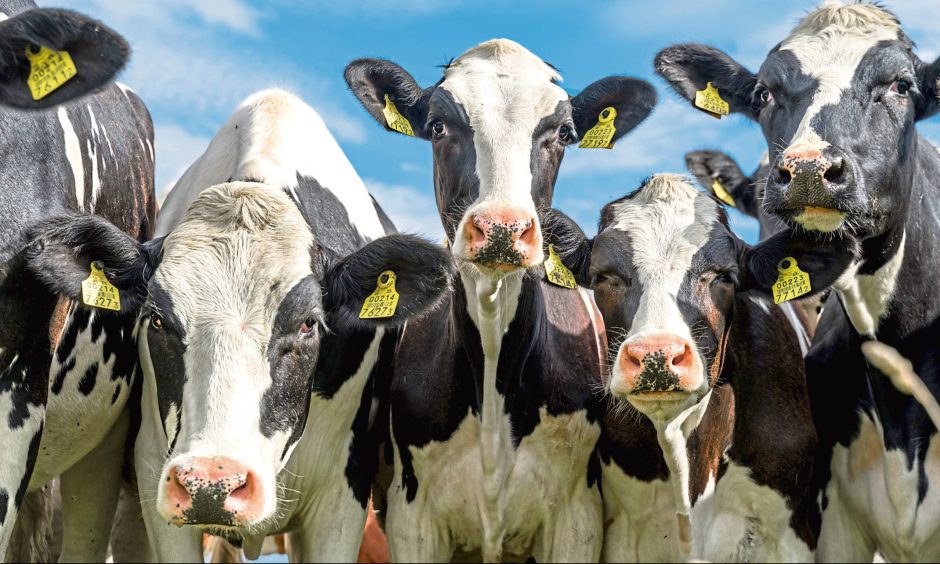The European Milk Board has claimed that the dairy and food sectors are in wartime economy conditions.
Sky-rocketing production costs, drought, feed scarcity, fertiliser shortages, large-scale farm abandonment, closures of dairies and other food processors, and a reduction in milk volume – this is the entire range of problems taking a massive toll on the dairy as well as the broader food production sector.
The EMB called on the EU and its member states to implement measures for the sectors and for citizens that include energy price caps for dairy farms, milk processors and other stakeholders in the dairy production chain and the food production sector.
They also said dairy farmers and their families cannot cope with the explosion in costs, which is caused among other things by speculation and urged financial aid for active farms and processors to help with energy costs.
Dairy sector facing rising costs
“The individual actors in the agricultural sector and along the food production chain are dependent on energy and production inputs being available at affordable prices. Today, there is a gradual domino effect and each link in the chain pulls the next one down with it,” said Sieta van Keimpema, president of the EMB.
“Let me give you just one example from the many issues that are currently the norm in the agricultural and food sector: High gas prices lead to interruptions in production, which then means higher prices as well as fertiliser and feed shortages – an additional, enormous burden on farmers who are already confronted with rising energy costs of their own and producer prices that continue to be too low.
Ms van Keimpema, added: “This pushes them to reduce production. This then has an effect on food processors, many of whom are already closing their doors due to their own higher energy costs.”
According to other representatives from the EMB Executive Committee, the situation is not a minor crisis – the current conditions already merit being referred to as a wartime economy. They must be taken extremely seriously and constructive steps must be taken at EU level to solve them.
Safeguarding stable dairy production
They say stakeholders in these sectors have already taken the measures that they could to bring some relief, and the situation has far surpassed what is possible with this approach.
Especially when it comes to dairy farms, they were already brought to the brink by the crises in recent years and are unable to continue production under current conditions.
But simply allowing producers and processors to disappear is not an option because it will shrink EU food production to dangerous levels.
“We must have enough food to feed the EU population,” underlines EMB Vice-President Kjartan Poulsen. “And this means that the foundations of production must be supported with appropriate measures.”
The EMB said that in a broader sense, however, the agricultural system must undergo a massive overhaul so that cost-covering prices that include fair remuneration of dairy farmers actually become possible.
“Fundamentally redirecting the system toward social sustainability – ensuring that producers can make a living from their work – is the only way to safeguard a stable production structure and thus food sovereignty in the EU in the long term,” added Mr Poulsen.


Conversation